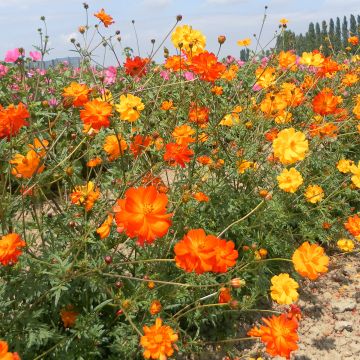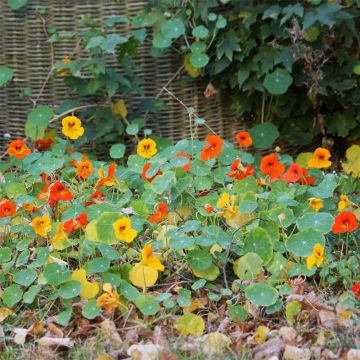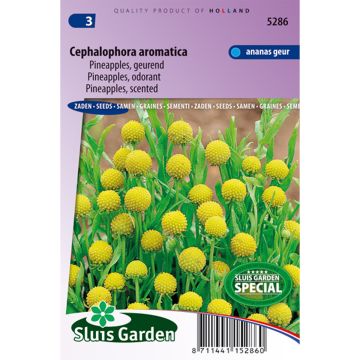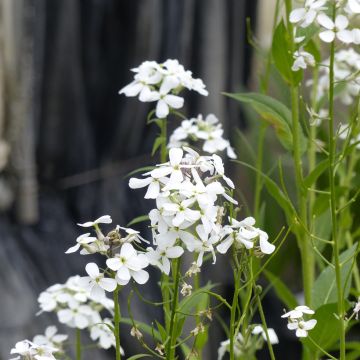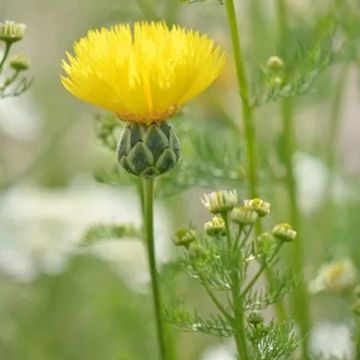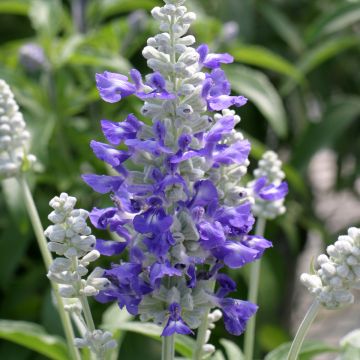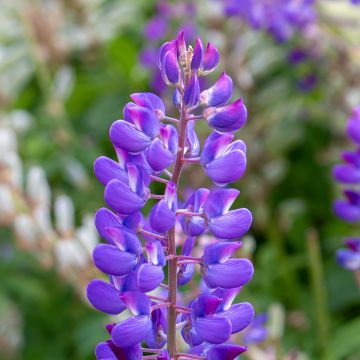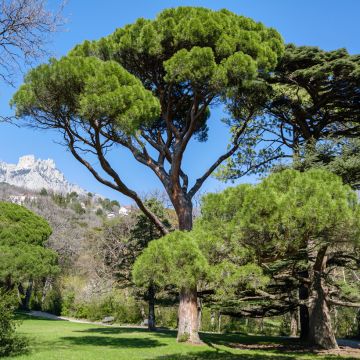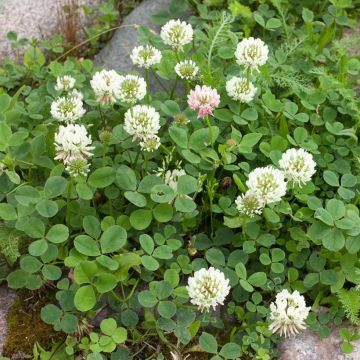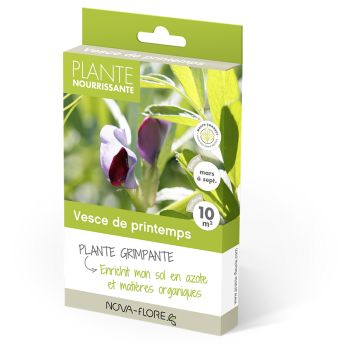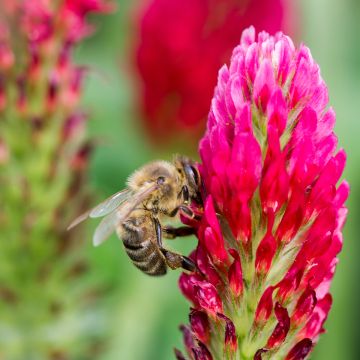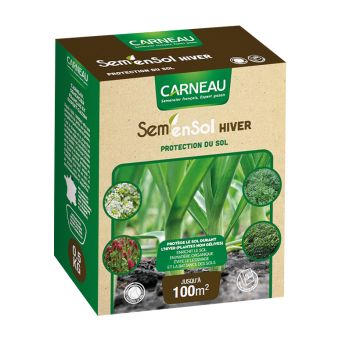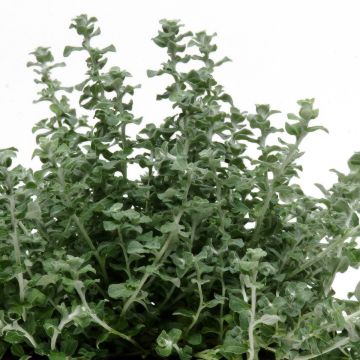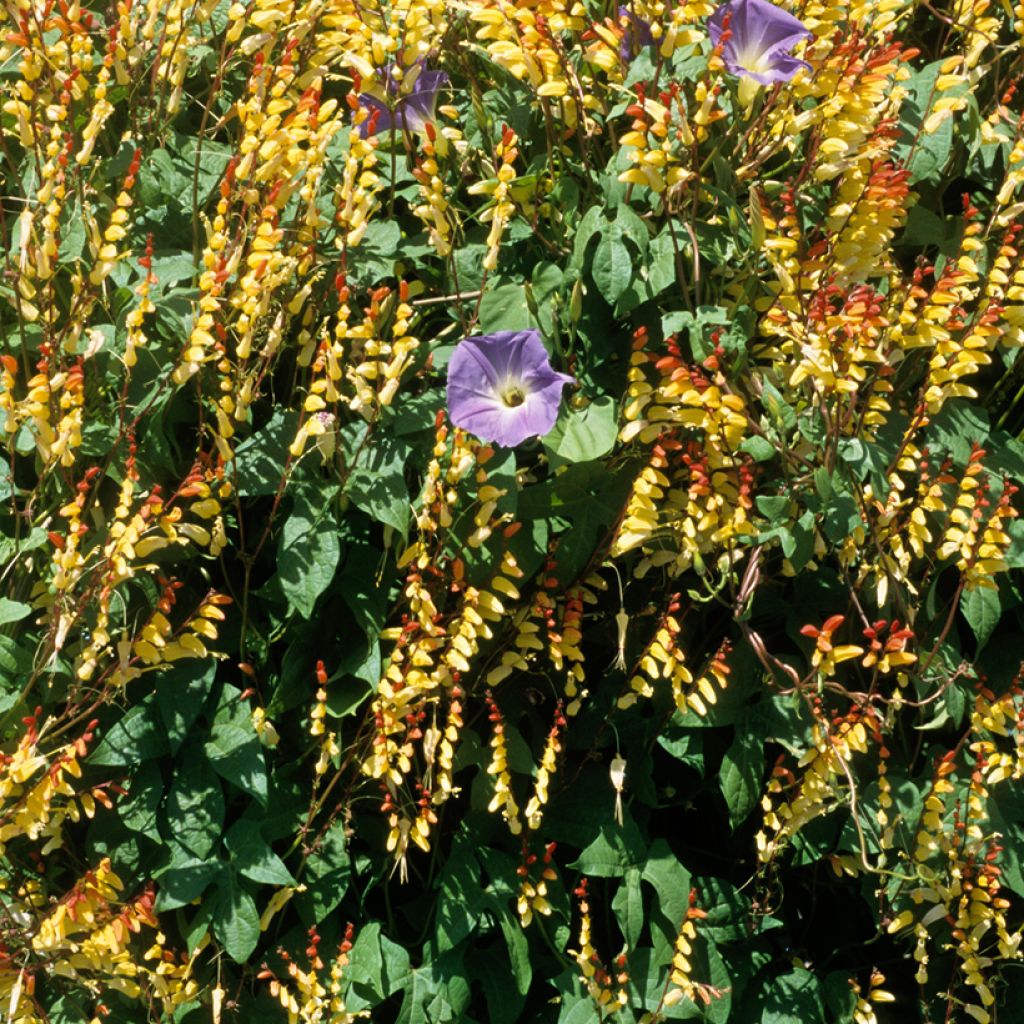

lobata Mina - seeds
View more pictures
Hide images

Sylvie C.

Sylvie C. • 89 FR

Sylvie C.

Sylvie C. • 89 FR
lobata Mina - seeds
Mina lobata
Spanish Flag, Firecracker Vine, Exotic Love Vine
Lovely sprouting, the young plants are vigorous but the growth seems slow to me. No matter, they have a nice habit, and I think they'll make a great impression when they fully emerge. Perfect for covering a fence.
Patrick, 28/05/2025
Special offer!
Receive a €20 voucher for any order over €90 (excluding delivery costs, credit notes, and plastic-free options)!
1- Add your favorite plants to your cart.
2- Once you have reached €90, confirm your order (you can even choose the delivery date!).
3- As soon as your order is shipped, you will receive an email containing your voucher code, valid for 3 months (90 days).
Your voucher is unique and can only be used once, for any order with a minimum value of €20, excluding delivery costs.
Can be combined with other current offers, non-divisible and non-refundable.
Home or relay delivery (depending on size and destination)
Schedule delivery date,
and select date in basket
This plant carries a 6 months recovery warranty
More information
We guarantee the quality of our plants for a full growing cycle, and will replace at our expense any plant that fails to recover under normal climatic and planting conditions.
Would this plant suit my garden?
Set up your Plantfit profile →
Description
Mina lobata or Spanish flag is an adorable climbing plant with a very exotic appearance. Its long tubular flowers bloom scarlet red, turn bright orange, and then yellow before becoming cream over time.
Mina lobata, Ipomoea lobata or Spanish flag, is a Convolvulaceae native to tropical and subtropical South America. Like many plants from these regions, it is a perennial cultivated as an annual in temperate climates because it is not very hardy. As soon as temperatures drop below 10°C (50°F), it starts to wither and any frost is fatal.
In early July, a generous flowering of tubular flowers with incandescent colours begins, ending with the first cold weather. The flower buds bloom scarlet red, then bright orange, sun yellow, and finally cream. Each stem carries a series of flowers with pale to vibrant shades. The flowers release very prominent stamens with visible anthers. The buds are arranged in clusters of 9 to 12 on young purple-bronze branches. The foliage has a very unique shape with large, deep green, trilobed leaves that are deeply lobed, resembling birds of prey in flight.
From a distance, Mina lobata appears to be covered in hundreds of illuminated candles. It is a twisting climbing plant, meaning it does not use tendrils to cling to its support but wraps its stems around it. Mina lobata can therefore climb on trellises, pergolas, railings, or any support you wish to cover. It self-seeds spontaneously and abundantly.
Plant it with its roots in moderately fertile, well-drained soil and its head in the sun. Under good conditions, it can reach 2 metres (7 feet) high and spread 30 to 40 cm (12 to 16in). You can combine this beautiful plant with warm colours or with one or more sweet peas with cooler-coloured flowers. And for a Catalan-inspired garden, plant the most beautiful Crocosmia at its base.
To keep your Mina lobata for multiple seasons, you will need to grow it in a greenhouse or conservatory or store it indoors during winter.
Report an error about the product description
Flowering
Foliage
Plant habit
Botanical data
Mina
lobata
Ranonculaceae
Spanish Flag, Firecracker Vine, Exotic Love Vine
South America
Other Flower seeds A to Z
View all →Planting and care
Soak your seeds overnight in cold water. Sow them in early spring in March or April by individually placing the seeds in pots at room temperature between 21 and 24°C (69.8 and 75.2°F). Sow them under 6 mm (0in) of special seed compost. It will be 10 to 16 days before the first young shoots appear. When they have several leaves, gradually acclimatise your plants to cooler conditions for 10 to 15 days. When they are strong enough to be handled, you can transplant them into the open ground. Making sure that there is no risk of frost. Space the plants 30 cm (12in) apart in a sheltered and warm location, with the base in rich and moist soil.
Provide them with support for them to climb.
Sowing period
Intended location
Planting & care advice
-
, onOrder confirmed
Reply from on Promesse de fleurs
Similar products
Haven't found what you were looking for?
Hardiness is the lowest winter temperature a plant can endure without suffering serious damage or even dying. However, hardiness is affected by location (a sheltered area, such as a patio), protection (winter cover) and soil type (hardiness is improved by well-drained soil).

Photo Sharing Terms & Conditions
In order to encourage gardeners to interact and share their experiences, Promesse de fleurs offers various media enabling content to be uploaded onto its Site - in particular via the ‘Photo sharing’ module.
The User agrees to refrain from:
- Posting any content that is illegal, prejudicial, insulting, racist, inciteful to hatred, revisionist, contrary to public decency, that infringes on privacy or on the privacy rights of third parties, in particular the publicity rights of persons and goods, intellectual property rights, or the right to privacy.
- Submitting content on behalf of a third party;
- Impersonate the identity of a third party and/or publish any personal information about a third party;
In general, the User undertakes to refrain from any unethical behaviour.
All Content (in particular text, comments, files, images, photos, videos, creative works, etc.), which may be subject to property or intellectual property rights, image or other private rights, shall remain the property of the User, subject to the limited rights granted by the terms of the licence granted by Promesse de fleurs as stated below. Users are at liberty to publish or not to publish such Content on the Site, notably via the ‘Photo Sharing’ facility, and accept that this Content shall be made public and freely accessible, notably on the Internet.
Users further acknowledge, undertake to have ,and guarantee that they hold all necessary rights and permissions to publish such material on the Site, in particular with regard to the legislation in force pertaining to any privacy, property, intellectual property, image, or contractual rights, or rights of any other nature. By publishing such Content on the Site, Users acknowledge accepting full liability as publishers of the Content within the meaning of the law, and grant Promesse de fleurs, free of charge, an inclusive, worldwide licence for the said Content for the entire duration of its publication, including all reproduction, representation, up/downloading, displaying, performing, transmission, and storage rights.
Users also grant permission for their name to be linked to the Content and accept that this link may not always be made available.
By engaging in posting material, Users consent to their Content becoming automatically accessible on the Internet, in particular on other sites and/or blogs and/or web pages of the Promesse de fleurs site, including in particular social pages and the Promesse de fleurs catalogue.
Users may secure the removal of entrusted content free of charge by issuing a simple request via our contact form.
The flowering period indicated on our website applies to countries and regions located in USDA zone 8 (France, the United Kingdom, Ireland, the Netherlands, etc.)
It will vary according to where you live:
- In zones 9 to 10 (Italy, Spain, Greece, etc.), flowering will occur about 2 to 4 weeks earlier.
- In zones 6 to 7 (Germany, Poland, Slovenia, and lower mountainous regions), flowering will be delayed by 2 to 3 weeks.
- In zone 5 (Central Europe, Scandinavia), blooming will be delayed by 3 to 5 weeks.
In temperate climates, pruning of spring-flowering shrubs (forsythia, spireas, etc.) should be done just after flowering.
Pruning of summer-flowering shrubs (Indian Lilac, Perovskia, etc.) can be done in winter or spring.
In cold regions as well as with frost-sensitive plants, avoid pruning too early when severe frosts may still occur.
The planting period indicated on our website applies to countries and regions located in USDA zone 8 (France, United Kingdom, Ireland, Netherlands).
It will vary according to where you live:
- In Mediterranean zones (Marseille, Madrid, Milan, etc.), autumn and winter are the best planting periods.
- In continental zones (Strasbourg, Munich, Vienna, etc.), delay planting by 2 to 3 weeks in spring and bring it forward by 2 to 4 weeks in autumn.
- In mountainous regions (the Alps, Pyrenees, Carpathians, etc.), it is best to plant in late spring (May-June) or late summer (August-September).
The harvesting period indicated on our website applies to countries and regions in USDA zone 8 (France, England, Ireland, the Netherlands).
In colder areas (Scandinavia, Poland, Austria...) fruit and vegetable harvests are likely to be delayed by 3-4 weeks.
In warmer areas (Italy, Spain, Greece, etc.), harvesting will probably take place earlier, depending on weather conditions.
The sowing periods indicated on our website apply to countries and regions within USDA Zone 8 (France, UK, Ireland, Netherlands).
In colder areas (Scandinavia, Poland, Austria...), delay any outdoor sowing by 3-4 weeks, or sow under glass.
In warmer climes (Italy, Spain, Greece, etc.), bring outdoor sowing forward by a few weeks.






























